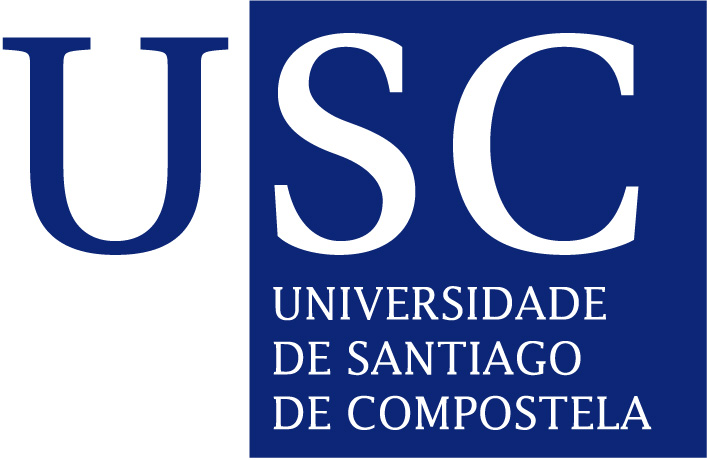Publication
Hadrián Montes-Campos et al 2019 J. Mol. Liq. 289 111083
Title: Mixtures of Lithium Salts and Ionic Liquids at Defected Graphene Walls
Journal:
Journal of Molecular Liquids
Volume: 289
Pages: 111083
NaFoMat Authors:
Hadrián Montes Campos,
Luis Miguel Varela Cabo,
José Manuel Otero Mato,
Luis Javier Gallego
Full Athorship: Hadrián Montes-Campos, Jose Manuel Otero-Mato, Roberto Carlos Longo, Oscar Cabeza, Luis Javier Gallego, Luis Miguel Varela
Year: 2019
Abstract:
In order to investigate the effect of defects on the structure of an electrode on the electric double layer of ionic-liquid-based electrolytes, we perform classical molecular dynamic simulations on mixtures of 1-butyl-3-methylimidazolium tetrafluoroborate ([BMIM][BF4]) and lithium tetrafluoroborate (LiBF4) near charged graphene electrodes with different percentages of single defect vacancies, assuming planarity of the defected graphene, as follows from our density-functional theory calculations. Defects on the electrode's surface modify the surface charge density at the innermost layer of the electrochemical interface, which allows studying the structure of the electric double layer at a constant density of ions without changing either the voltage or the electrolyte composition. Indeed, we report that the presence of defects on the graphene electrodes can induce structural transitions in the innermost layer of the electric double layer. This result is supported by a thorough analysis of the structural properties of the layer and its energy landscape, particularly showing that there is a direct correlation between this defect-induced layer structure and the adsorption of the salt cations at the electrode, which is of utmost importance for the usage of these novel electrolytic mixtures in actual electrochemical devices.
DOI: https://doi.org/10.1016/j.molliq.2019.111083Citation: Hadrián Montes-Campos et al 2019 J. Mol. Liq. 289 111083






